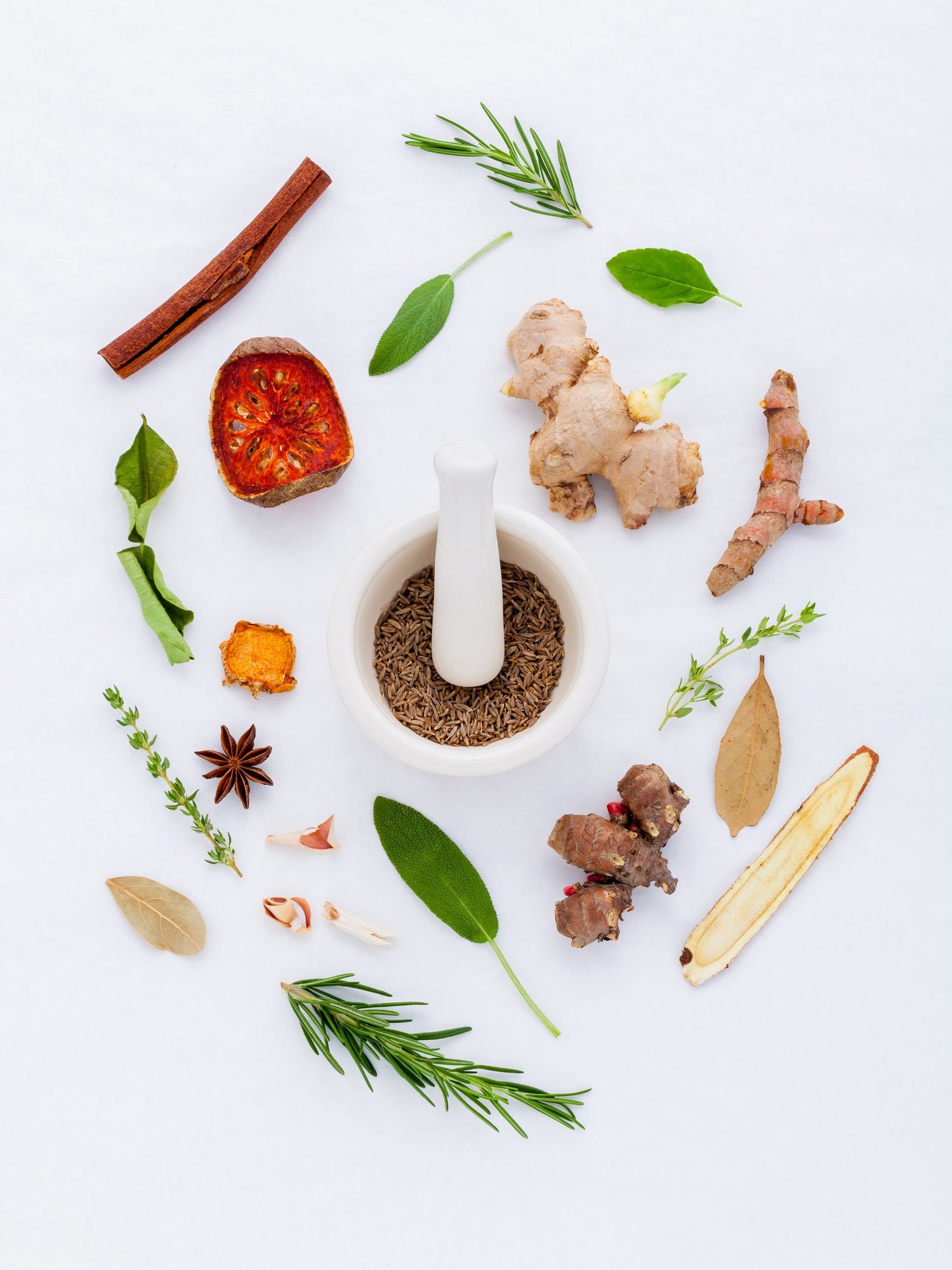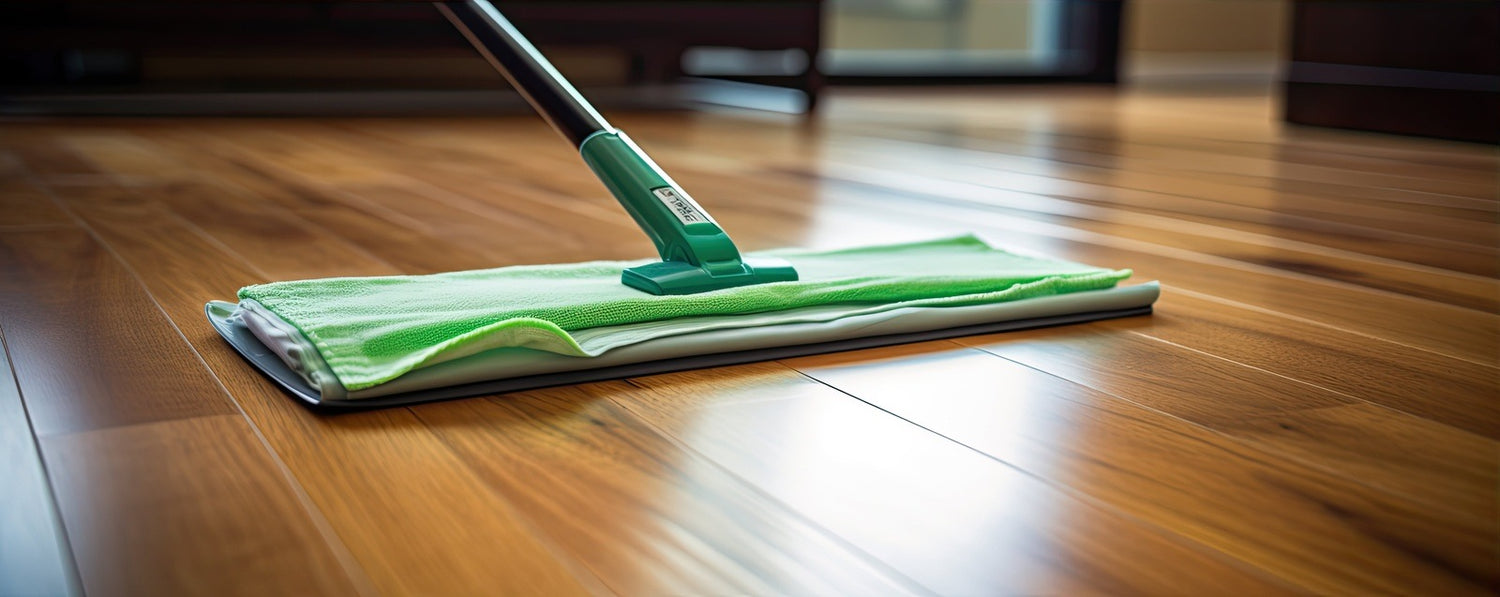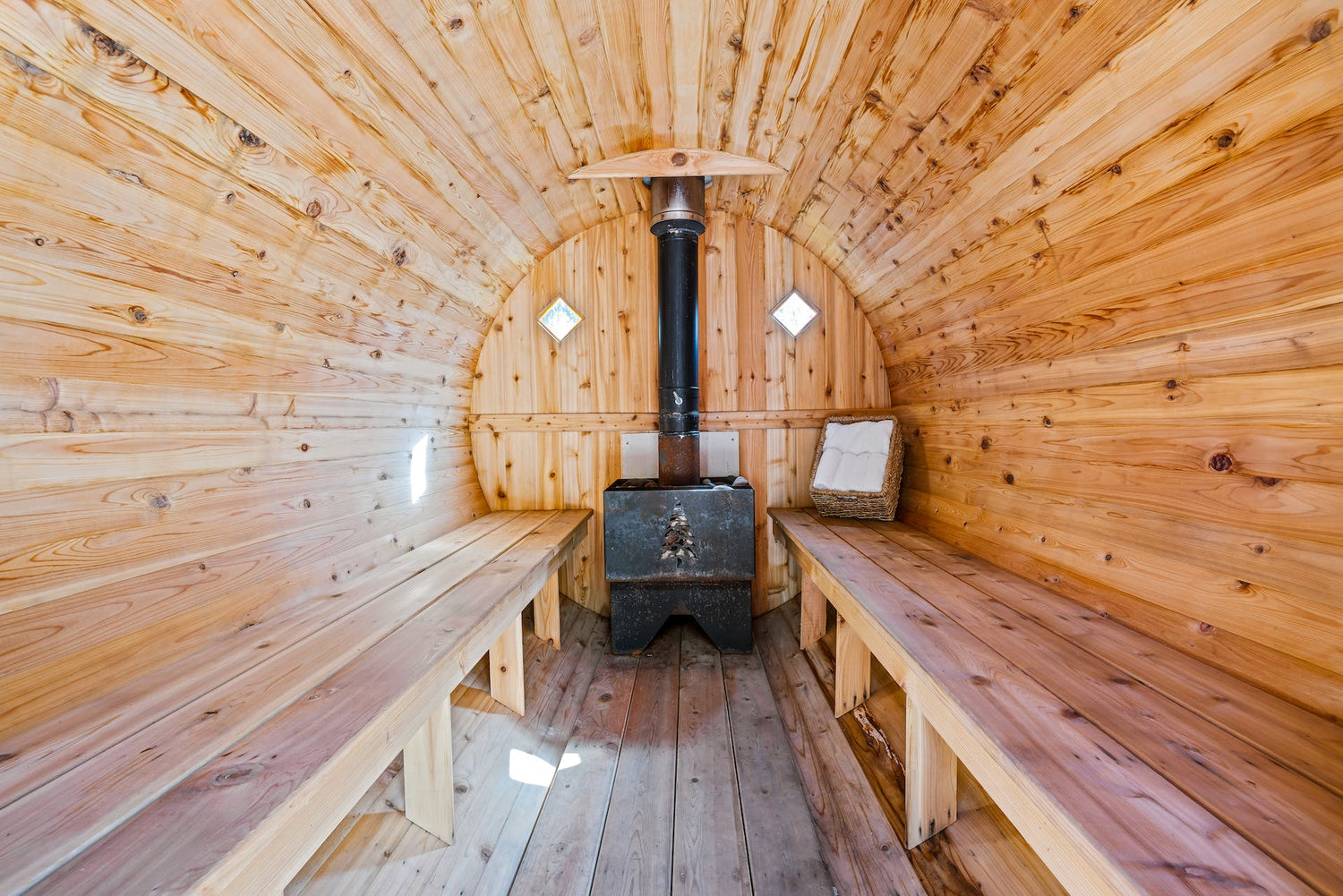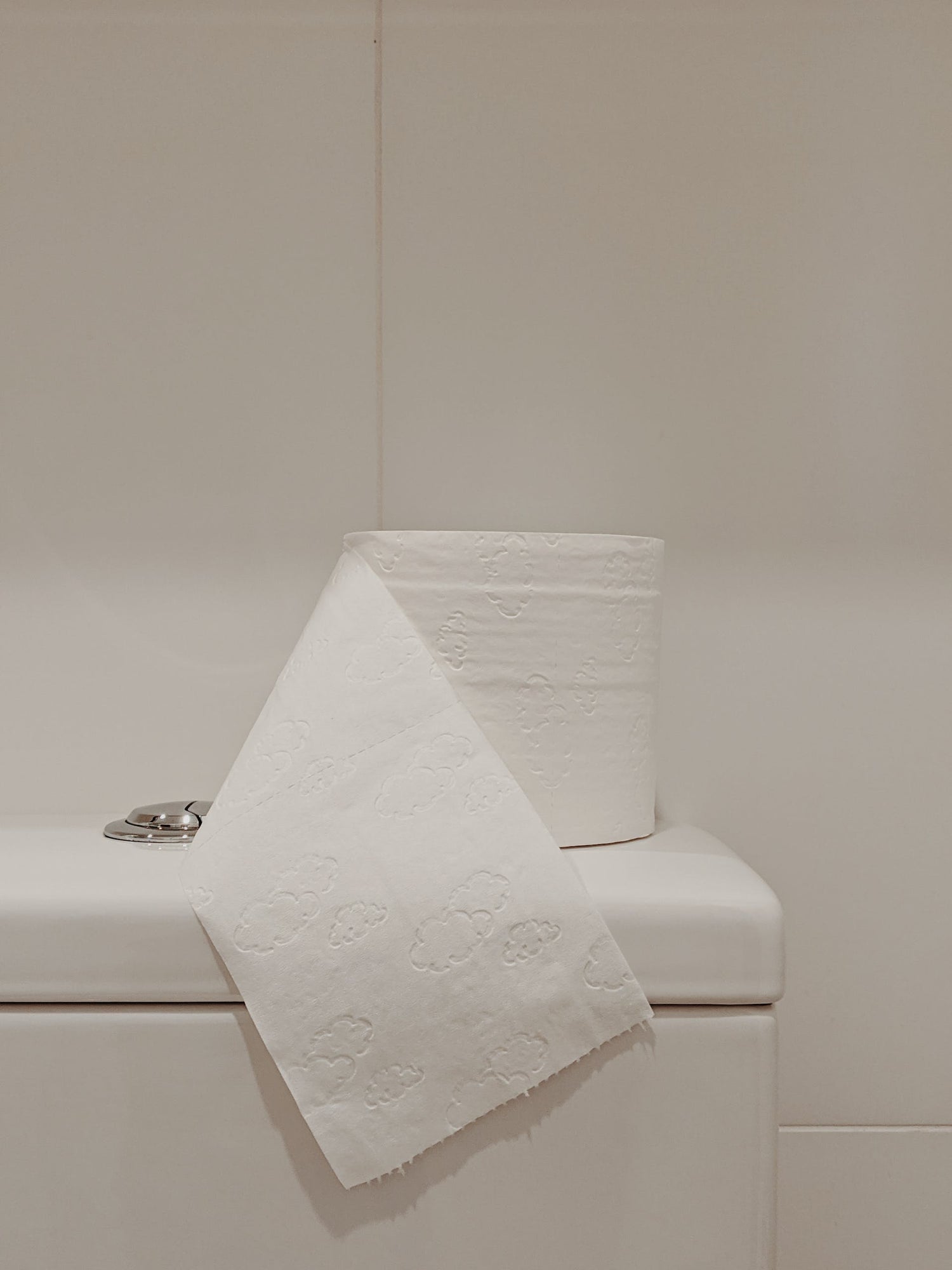Disclaimer: All material provided on this website is provided for informational or educational purposes only, and is not intended as a substitute for the advice provided by your physician or healthcare professional.
When it comes to your skin, or your childs skin, mould can be a big factor worth considering. When there is mould, there are also mycotoxins and both of these can affect your skin in different ways.
I personally experienced a lot of eczema and asthma as a child, which coincided with living in an older, damper house. My dad is a GP so I got the hydrocortisone cream and inhalers to manage it. Luckily my parents decided to build a log house and from the age of 7-15 I lived in this house, and during that time my eczema and asthma reduced significantly.
Our oldest daughter also had significant skin rashes as a baby and toddler, which I will outline below along with what steps we ended up taking.
How does mould affect the skin?
Mould spores themselves are allergenic and can cause skin reactions such as atopic dermatitis (eczema), allergic dermatitis and persistent itchiness.
There has been quite a bit of research showing the link between mould exposure and skin rashes such as eczema. There have been several meta-analyses which have shown the connection between mould/dampness and respiratory or allergic conditions including eczema, but also asthma, bronchitis and rhinitis.
One of the largest studies (RHINE study) included almost 18,000 children and tracked data over 20 years. They found that mould and dampness was associated with asthma and eczema, and that there was a dose-response. ie. The longer they were exposed for, the more significant the health effects.
In another study (Lee et al, 2020), they found that prenatal exposure to mould increased the risk of eczema for the child. This was likely due to inflammation and changes to the babies immunes system during pregnancy.
There are more studies, but overall the relationship between mould and atopic dermatis is well established.
What about mycotoxins?
Mycotoxins are the chemical ‘weapons’ that mould produce and are much smaller, more toxic and can pass into the body a lot more easily. They can be inhaled through the air, but also absorbed through the skin itself. While there is less research on the effects of mycotoxins on humans, it has been reported by doctors working with mould-related illness that myctoxins can cause a variety of skin conditions including rosacea, eczema, acne and psoriasis. Dr Jill Crista reports that she finds mycotoxin exposure can exacerbate whatever skin problem you are prone to. Mycotoxins can have an immune-suppressing effect, as well as an impact on the gut, and this can create more susceptibility to infections and food sensitivities.
Unfortunately there is not as much research on mycotoxins and skin problems. However, there has been some animal research which points toward mycotoxins being a problems for the skin
- In a mouse study, Lee et al (2014) found that exposure to pautulin (a mycotoxin commonly found in food) increased symptoms and inflammation of eczema
- In another study, ochratoxin (a common mycotoxin in mouldy buildings) was shown to disrupt the skin barrier and
- The link between mycotoxins and facial eczema in ruminants (ie cows) has been well established
There are also numerous case reports of people dealing with mould illness having skin problems, and I found I had this myself. When people begin detoxing and eliminating mycotoxins, there can sometimes be a flare-up of skin problems as the body uses the skin to detoxify.
OUR STORY
As I mentioned before, I have always been quite prone to eczema and skin problems. I didn't have many issues with it in my teens and early 20’s, but when I moved to Mount Maunganui in 2006 my eczema flared up. I was living in a converted garage, which I now suspect had some water damage and mould issues. This is also when a lot of my other mould symptoms started.
Our first daughter was born in 2011. We had just come back from travelling and were house sitting for some friends when we found out Julia was pregnant. Unfortunately, the house we were living in had some big moisture and mould issues which was unknowingly affecting our health at the time, and also had a big impact on Julia's pregnancy. We moved out not long after as we bought our first house which was a lot better, but not perfect, in terms of mould. Julia felt ok the first month or so of the pregnancy, but then things went downhill. She felt nauseous a lot of the time, extremely tired most of the time, and developed excess fluid with the pregnancy (polyhydramnious). Our daughter was born 2 weeks after her due date through c-section.
She was a very unsettled baby, and we noticed she was upset after feeding. Julia cut out gluten,eggs and dairy from her diet and this helped a lot. But later on when we started introducing foods, we noticed that our daughter would often have skin reactions on her face after eating, and she also developed eczema on her legs which was especially itchy at night. She co-slept with us, so whenever she would wake in the night (which was very frequently!) she would say “pressing” which was asking us to press her legs where they were itchy. We noticed her hair also became dry and brittle, and lost its shine.
I was studying nutrition and functional medicine at the time, so we began looking at her diet and seeing what was triggering these reactions. We were already off gluten,dairy and eggs and any additives so we looked at a diet called the FAILSAFE diet. The idea with this diet is that there are natural chemicals within foods that some people may react to. This includes histamine, salicylates and oxalates. After a lot of trial and error, we found that she was reacting mostly to histamine and oxalates. We elimatated foods high in these compounds but the only problem is that she ended up on a very restrictive diet- basically white rice, meat that hadn’t aged too much (including leftovers), and a few veges like carrots and swedes! We couldn’t go on like this for long.
We did some functional testing on our daughter. Functional testing is using tests to look at how the body systems are functioning as a whole, rather than trying to diagnose a specific disease.
The tests we did
- ORGANIC ACIDS TEST- GREAT PLAINS LAB (NOW MOSAIC)
This is a urine test which measures organic acids that you excrete. Organic acids are byproducts of metabolic processes, and the idea is that you can get information about these processes. This test looks at gut health, mitochondrial health, energy metabolism, neurotransmitters, and certain vitamin levels like b12, b6 and coq10 and biotin.
It is a huge amount of information, and in hindsight I wish I had consulted with someone who had experience with this test. But I had learnt the basics back then and we picked up some important information
- Gut dysbiosis & Fungal overgrowth
She had high markers that showed high aspergillus and candida in her body. What we missed back then was the Aspergillus was likely from indoor mould exposure. I had assumed it was from foods that we were eating vs our indoor environment.
She also had high clostridia marker. There are studies which suggest that clostridia levels can influence eczema https://www.ncbi.nlm.nih.gov/pmc/articles/PMC1942165/

- Very high oxalate markers
This correlated with what we had found helped in the FAILSAFE diet. High oxalates can be from diet, but we have now learnt they can also be from candida and aspergillus which the organic acids test showed she had.
https://pubmed.ncbi.nlm.nih.gov/10500844/
There isn't alot of research connecting oxalates to skin problems, although this small study suggested there is a connection.
While we experienced that reducing oxalate in the diet did help our daughters rash, it seems that any problems with oxalates is a sign of other problems like guy dysbiosis or mould and using the oxalate-restriction approach isn't a good long term solution
- Elevated succinic in the Krebs cycle
This marker has been shown to be elevated in response to toxic chemicals. More recently we have learnt it can also be from mycotoxins. The Krebs cycle affects energy production, which can in turn affect the immune system and healing.
- Low B vitamins
This test uses methymalonic acid as a indicator of b12 status. This has been shown to be much more accurate indicitor of b12 than blood tests. Our daughter was low in b12, b6 and b2. We later found out that she has genetic SNPs (such as MTHFR, COMT) that affect how she uses these vitamins (a process called methylation).
There is some research that B vitamins can help dermatitis
OTHER TESTING
We also ran a hair mineral analysis with Doctors data. This involves cutting a small sample of hair and sending it to a lab to be analyzed for mineral and heavy metal levels. Its an easy test, fairly affordable, and gave us some good extra information
Our daughter had low levels of quite a few minerals including zinc, copper, molybdenum and magnesium. She also had quite a high toxic metal load with arsenic, lead, and aluminium showing up. You can also get some information about body systems on this test and it showed that her body was in the stress “exhaustion” stage which was concerning for young child.
What we did
We kept going with the nutrition, but slowly tried to add foods back in and watched for reactions. At the same time we gave her some of the minerals and vitamins that showed low on the testing- zinc, B vitamins, molybdenum and biotin. We did some gentle heavy metal detox and used some natural anti-fungals and probiotics for her gut. We were lucky in that she was quite good at swallowing supplements. We implemented all of this very slowly and over a period of a year or two we noticed some big changes.
-She still reacted to foods, but we were able to expand her diet a lot more.
-Her eczema eventually resolved. It flared up now and then during the process with either foods, or detoxing too much.
-Her hair stopped being dry and got its shine back.
Looking back, it was good to see we were able to make these improvements. We didn’t know then, but now we know we there was some hidden mould in our house that was contributing to her health. We still had health challenges moving forward (likely related to mould still), but luckily her skin remained pretty good from that point.
It was likely thatmould and mycotoxins were likely contributing to a lot of her symptoms including her skin rashes. Mould can cause low nutrients and absorbtion, which we saw on her test, as well as the gut imblance. It was great that we were still able to make progress while still living in mould and this can often be the case (depending on how bad the mould is). While avoiding mould is really important if it is affecting your health, this isnt always possible straight away. Read our blog on things you can do to improve you indoor air quality if you can't fix or move away from the mould problem
Mould testing
We ended up doing urine mycotoxin test around 2022 when we become fully aware that mould was affecting our health. This urine mycotoxin test showed elevated Ochratoxin in our daughter, which is produced by the Aspergillus species- a common mould found in water damaged buildings.
Looking back at her results,
WONDERING ABOUT MOULD?
If you are dealing with skin problems like eczema, and wondering about mould, where do you start?
While we did a lot of functional testing, and it was helpful for us, this can be quite costly and is not necessarily the best first place to start.
We often begin with a symptom questionnaire that looks at whether mould is impacting your health. Mould and mycotoxins can cause a lot of symptoms, so this questionnaire can give you a “risk” score. If your child is too young to take the questionnaire, all of the other older members of the house could take it as they will be exposed to the same environment.
There is a also a test called the VCS, or Visual Contrast Sensitivity test. This is an online visual test which can predict quite accurately if you have been exposed to biotoxins- with mould toxins being the most common biotoxin. Again, if your child is quite young this test may not work.
A urine mycotoxin is a commonly used test to assess mycotoxin exposure. These tests are more expensive but can be very useful and fairly easy to use with young children.
We have created a free ebook which goes through all of these tests, and how to decide which tests to run.
TESTING YOUR HOUSE
The other big question is “does my house have mould?”
Sometimes it is obvious and visible, but often it is not. There can be hidden issues, or old leaks and mould that haven’t been dealt with adequately. “Old mould” can still be a problem even when its dry as it can break into mould fragments and cause health problems.
There is no one-size fits all approach to testing your house, but the goal is always the same- to find the sources of mould so they can be fixed.
A useful test to check your whole house for mould is the ERMI test. This test uses dust that has been collected from around your home, and analyses it using DNA-PCR technology for mould. Once you know that your house has a problem, then you can use an mould inspector (either in-person or virtual) to identify the problem areas.
If you would like to discuss what is the best approach for your situation, please book a free 15 minute consult
References
https://www.ncbi.nlm.nih.gov/pmc/articles/PMC3114807/
https://ui.adsabs.harvard.edu/abs/2024BuEnv.25111226C/abstract













